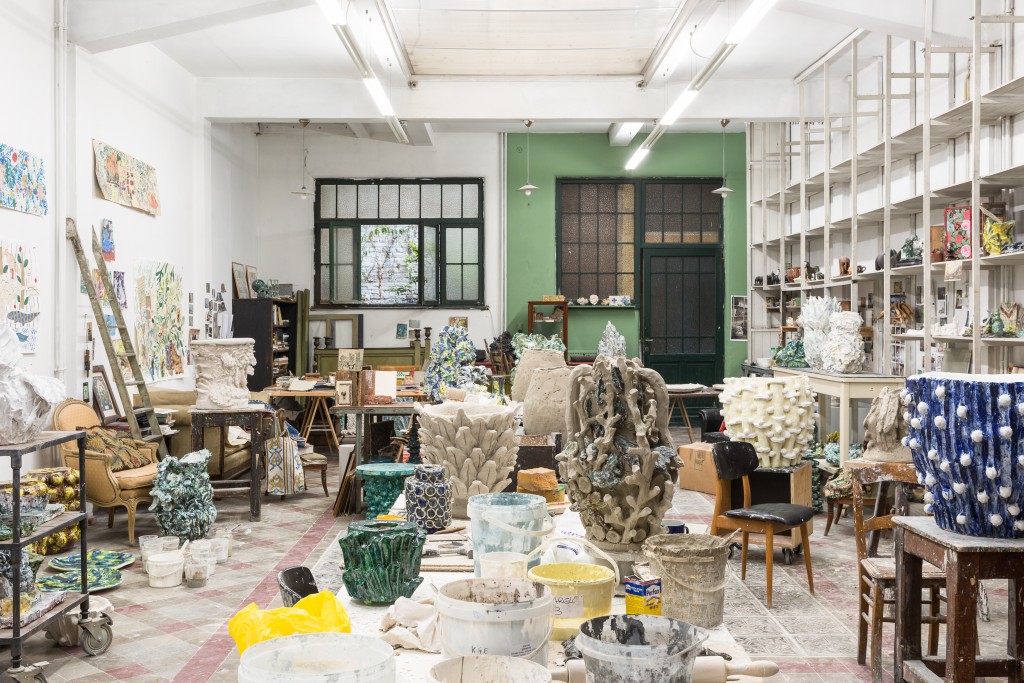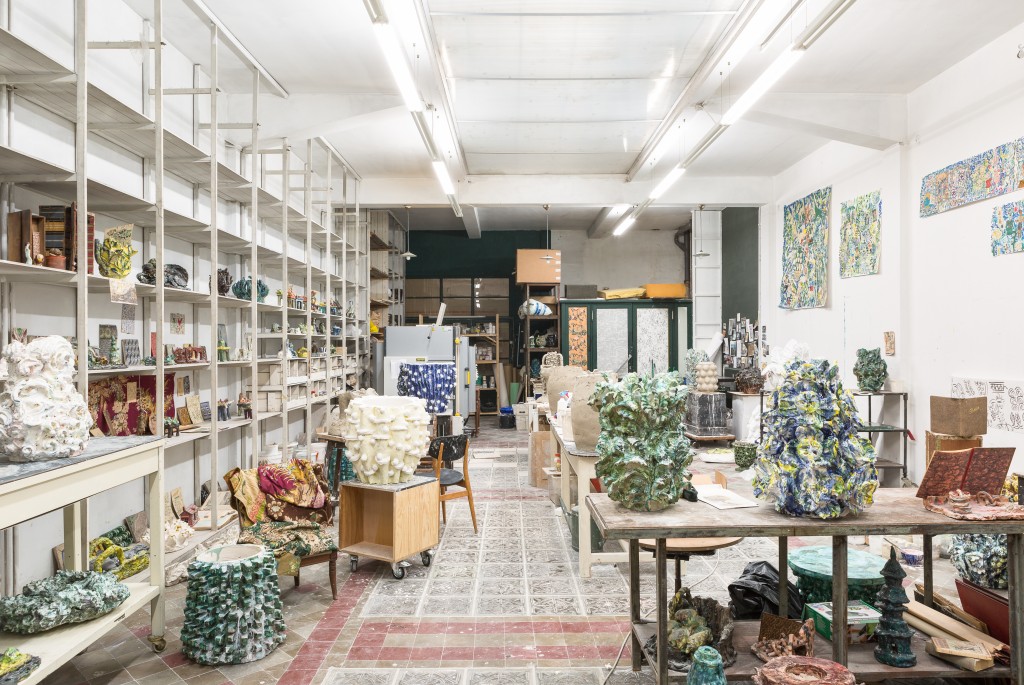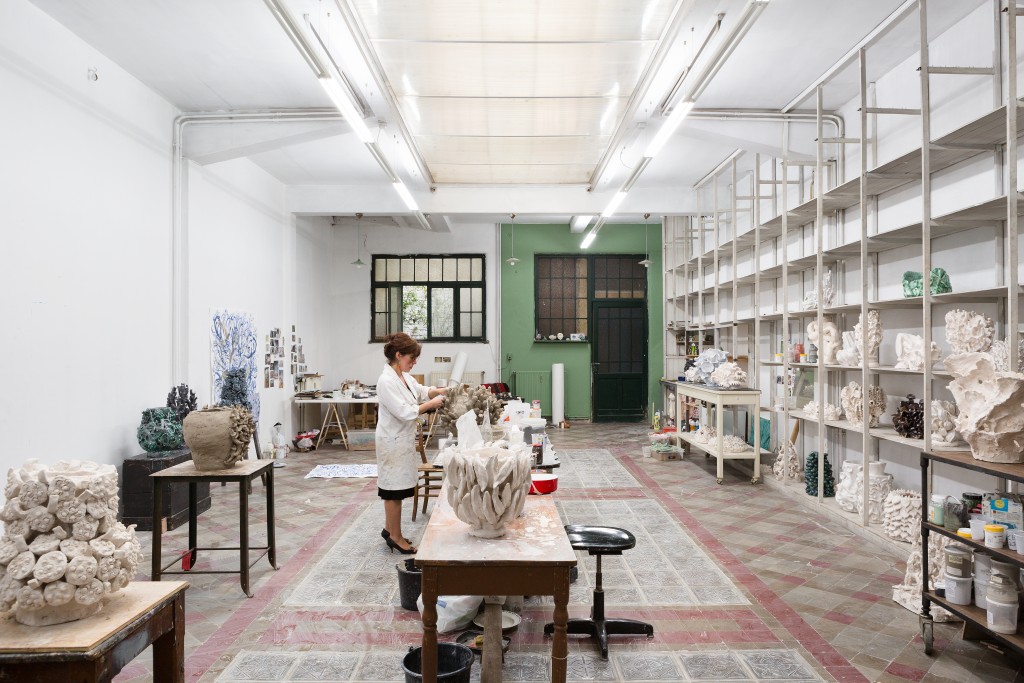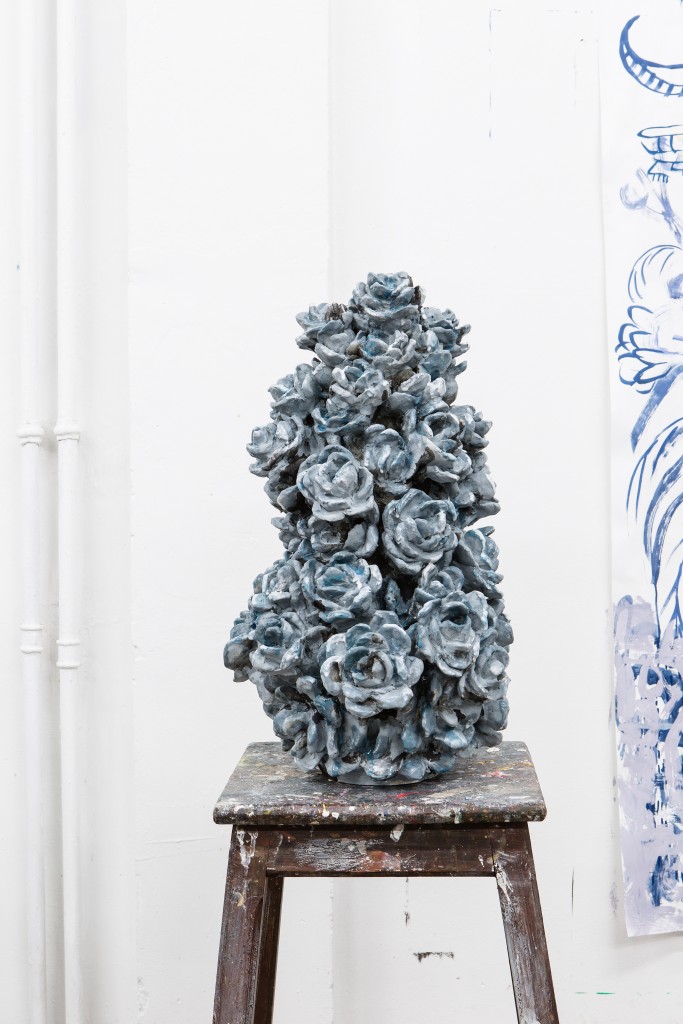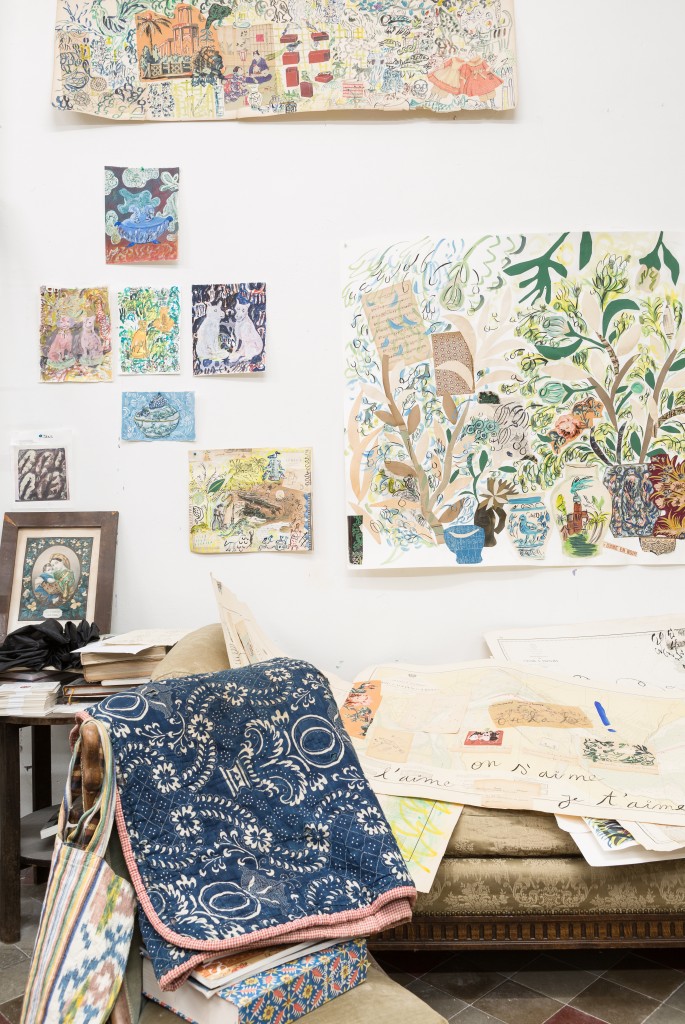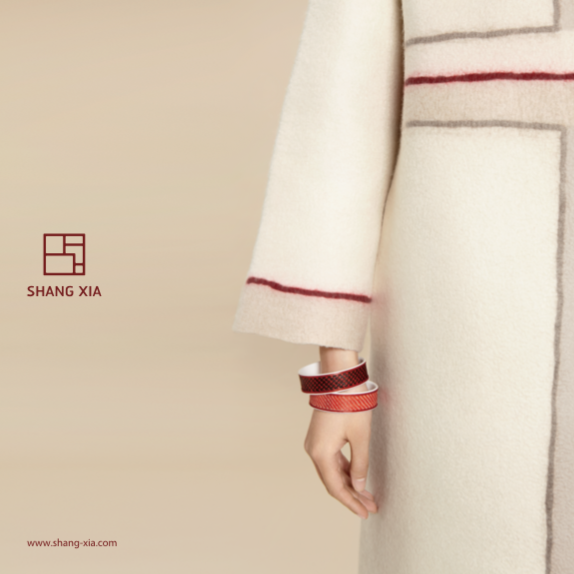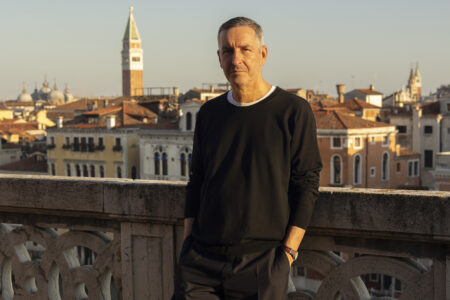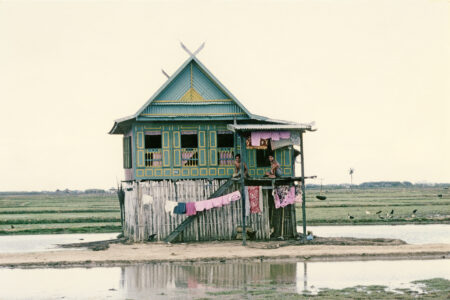Bela Silva : Nature, Japonisme & Chinoiserie
Bela Silva is a Portuguese artist who is currently living between Brussels and Lisbon. She recently collaborated with the luxury brand Hermès on famous silk scarves. She exhibits next week at Collectible Fair with Spazio Nobile.
Following her exhibition last spring at the Museum of the Orient in Lisbon under the aegis of Catarina Pombo Nabais, Bela Silva has decided to open the doors of her studio in Brussels as part of a close collaboration with Spazio Nobile Gallery. She will do so for the launch of the current issue of this magazine. With her pieces that reflect contemporary Asian aesthetic, Bela Silva works in both the fine and applied arts. Silva’s pieces are emblematic of the quest for intercultural dialogue between the East and West and she excels at disorienting viewers with her phantasmagorical shapes, both on paper and in clay. Her perfect mastery of her fields has led her to make colourful drawings and sculptures with never-before-seen glazing that create an ambiance of splendour and light, humour and tenderness, extravagance and sometimes eroticism. Her work goes beyond the boundaries of the West and it forces academia to confront the grandeur of nature and the attractions of Japonisme and Chinoiserie. Influenced by both her travels to the East and her reveries, Bela Silva explores new and intimate landscapes. Pombo Nabais cites the Portuguese author, polemicist, and poet Fernando Pessoa regarding this “orientation”: orienting oneself means going towards the Orient, that “pompous, fanatical, hot Orient… where Christ may still be alive today and where God really exists and oversees everything”. TLmag met with Bela Silva in her Brussels studio between two tapas bar on Rue Blaes.
TLmag: After completing your studies in Porto and Lisbon in Portugal, Norwich in the UK and Chicago in the US, you have gone back and forth between drawing and sculpture. What links do you see or have you created between these two artistic disciplines?
Bela Silva: For me, drawing is at the root of everything. It’s a fundamental need. My raison d’être as an artist is my love of drawing. Switching between sculpture and drawing gives me distance and lets me come back to my work with fresh eyes.
TLmag: What do you think of the fine arts as compared to the applied arts? Do you think these two traditional disciplines are growing more similar nowadays?
B.S.: I believe it no longer makes sense to differentiate between them. The applied arts are an extension of the fine arts. The difference is an academic one that has developed recently in the grand scheme of art history. Artists have always blurred the lines between these disciplines and between what you might call “major” and “minor” arts. You just have to read the notes of Sonia Delaunay, William Morris, or even the Nabis manifesto to understand the many varied intentions of artists. Art must draw from life, have a place in our daily existence and permeate the objects around us to create a unique ambiance.
TLmag: Throughout your travels through Portugal, Belgium, the United States, England and Asia, what have you considered your home base and source of inspiration?
B.S.: My home base has always been Lisbon. That is where my roots are. Travelling also inspires me and enriches my artistic universe.
TLmag: Could you speak about your architectural-sized ceramic projects? How are they different from your more stand-alone, decorative pieces?
B.S.: If there is a difference between these two types of projects, it’s that there is a shift in focus from the intimate nature of a stand-alone piece to the dialogue being created with the architectural space and the audacious scale of the larger project.
TLmag: Contemporary Asian aesthetics is the central theme for this issue. How and why does this topic speak to you? I am thinking specifically of your ceramic panels for the Sakai Cultural Center in Japan.
B.S.: Art is central to many Asian cultures and there are many links between Portugal and Asia. They come from the time of maritime exploration and trading between continents. I am constantly drawn to the richness of oriental elements, both in the fine arts and decorative arts. I often unconsciously include them in my own work.
TLmag: The major artistic movements that began in the 16th century –namely, Chinoiserie and Japonisme–still continue to influence western design. Do you consider yourself a part of that creative wave that constantly enriches the world through intercultural dialogues?
B.S.: For me, they are an eternal source of inspiration and discovery. The richness and sophistication of Asian traditions never fails to astonish and motivate me. I often rediscover elegant and decorative elements that I have previously worked on. That encourages me to go further in my artistic explorations to find new, unexplored territories.
Bela Silva exhibits with Spazio Nobile at Collectible fair for 21st century design at Vanderborght Building, from 07 to 11 March 2018, on booth 2.9 on the second floor. Phantasmagoria is a group show featuring Laetitia Bica, Chen & Williams, Alexia de Ville, Kaspar Hamacher, Isaac Monté, Kustaa Saksi, Bela Silva and Frederik Vercruysse.
